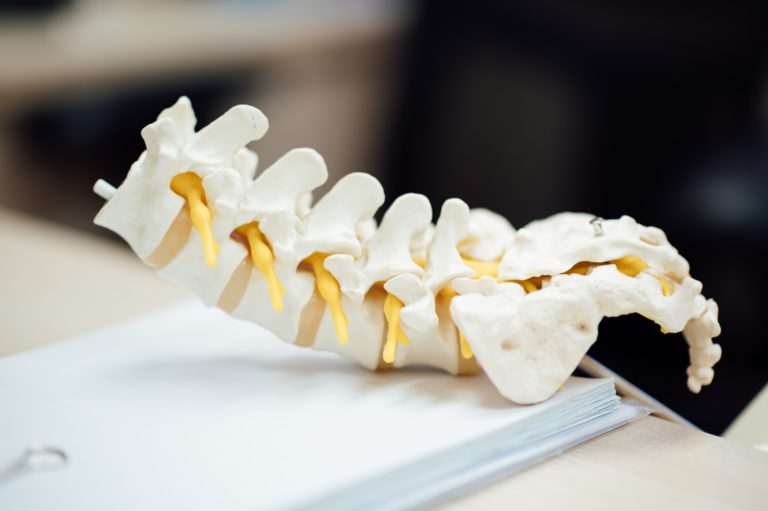What is Sciatica
Sciatica is a pain symptom that comes from the irritation of the sciatic nerve. The sciatic nerve travels from spinal nerves L4/L5 and S1-S3. It stems from the lower back through the hips and buttocks, and down the back of the leg.
Symptoms and Causes of Sciatica
Inflammation and pressure on the nerve causes symptoms like pain, numbness, weakness.
In severe causes, severe weakness or bowel and bladder changes can occur – which may need surgery.
Causes include:
- Herniated disc
- Osteoarthritis / Spondylosis (Wear & Tear)
- Degenerative Disc Disease
- Piriformis Syndrome
Knowing the cause of your sciatica symptoms will allow you to fully benefit from the exercises mentioned in this article.
3 Simple Exercises For Sciatica
How Frequent Should I Perform Sciatica Exercises?
Depending on your severity, perform 3 sets with 3 or 5 repetitions per exercise.
You may do these exercises 1-2x per day for the next 3-6 weeks or until your symptoms subside.
You should feel that these exercises are mildly challenging in order to improve.
Be sure to progress your exercises with increased repetitions or difficulty if you find that they are too easy or tolerable.
Exercise Tips Before You Begin
Listen to your body.
Do note that although these exercises should NOT increase your pain, you may experience some soreness and tenderness. If you experience worsening leg pain, STOP immediately.
Make sure to breathe.
1. Standing Extensions
Standing up with good posture, extend your back by arching your spine backwards. You can place your hands in the small of your back for support if you require. Start gently, and keep the exercise within your comfort zone.
2. Cat Camel
Do make sure that the movement should come from the pelvis and perform this action slowly. If you feel pain at any point during the end range of movements, you may stay at the range of the pain free zone.
Exercise directions: Start in a neutral four point position on your hands and knees. Round your back from an arched position as you pull in your abdominal muscles. It should feel like a gentle stretch to your lower back. Don’t over-arch your back; keep it comfortable, unless your therapist guides you otherwise. After you have rounded your back, form an arch with your lower back. Repeat the movement to the required number of repetitions. This is a good exercise to stretch your back and reduce back pain.
3. Back Extensions
Exercise directions: Lie on your front, and rest on your forearms. Straighten your arms making your back very arched. Hold this position. Start gently with this exercise as it can cause some back stiffness when you first begin.
Preventing Sciatica Flare Ups
In order to heal quickly, you must avoid anything that is aggravating your back pain. Although it may be impossible to fully prevent future sciatica episodes, you can still do things to protect yourself.
Perform Regular Exercise
Improving your overall fitness level will keep your body strong to prevent future injuries.
Aerobic exercise has many great health benefits such as reducing pain perception, improving mental health, reducing stress levels and depression.
You may consider low impact aerobic activity such as swimming, walking, water aerobic exercises.
Improve your posture
Most sciatica/disc problems are from flexion and prolonged poor posture.
Invest in good ergonomics such as your work chair including your mattress.
See your Chiropractor or health professional for help.
Get educated on daily movement and ergonomics
Get educated on how to perform daily movements such as doing housework, lifting heavy objects, reaching overhead, sitting, standing, moving etc.
Other Articles That You May Like..
Waking up with back pain
Ways to decompress spine
5 mins desk stretches


